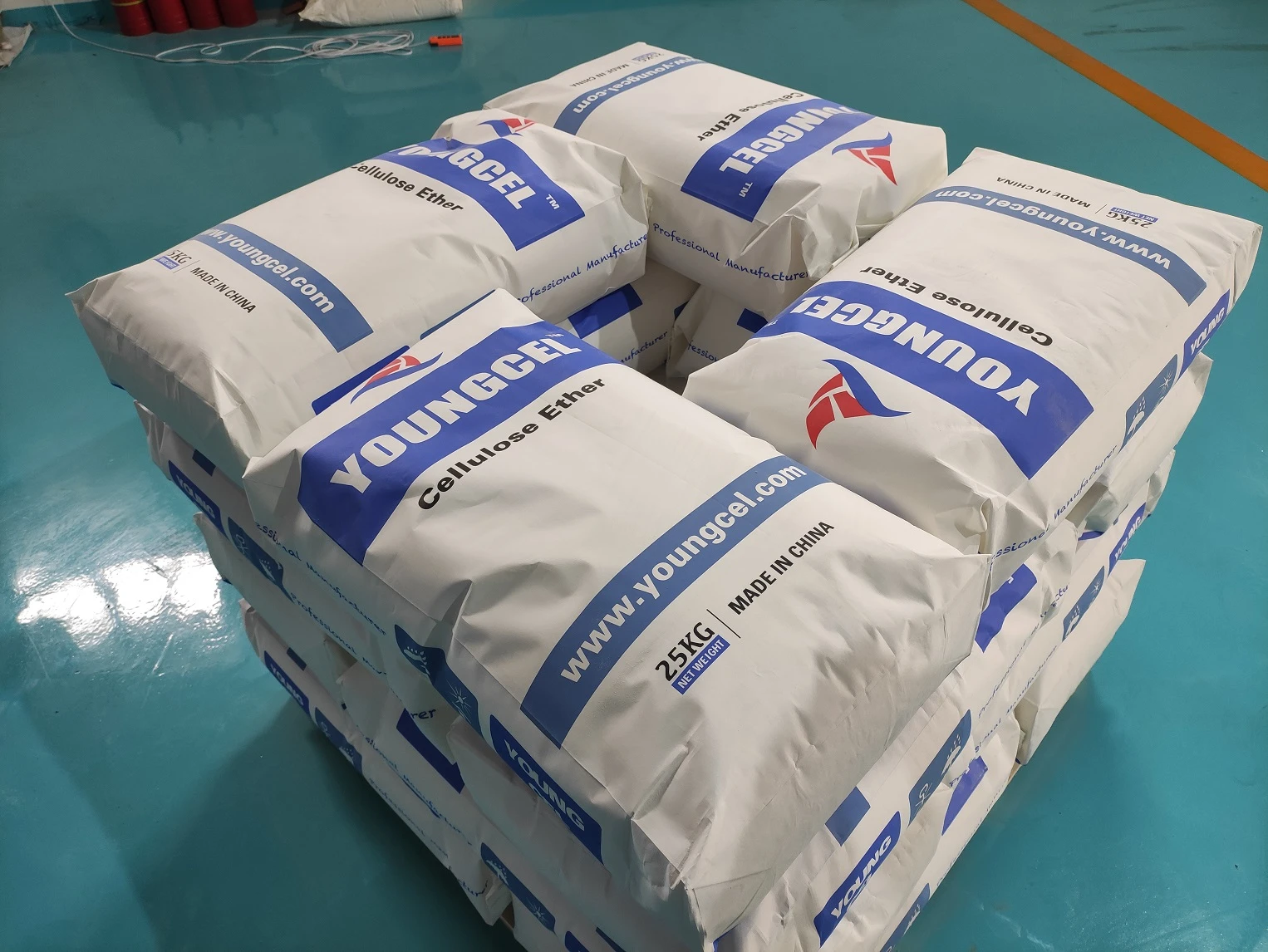Understanding Cellulose Ether HPMC Applications and Benefits
Hydroxypropyl Methylcellulose (HPMC) is a widely recognized cellulose ether that has gained significant importance in various industries, including pharmaceuticals, food, and construction. As a non-ionic polymer derived from naturally occurring cellulose, HPMC possesses unique properties that make it suitable for diverse applications. This article explores the characteristics, applications, and advantages of HPMC, shedding light on why it is a vital component in many formulations.
What is HPMC?
HPMC is synthesized through the chemical modification of cellulose, where hydroxypropyl and methyl groups are introduced into the cellulose structure. This modification enhances the solubility and functionality of cellulose, allowing it to be utilized in both aqueous and organic solutions. HPMC is characterized by its ability to form transparent gels and films, and it acts as a thickening agent, stabilizer, emulsifier, and binder.
Applications of HPMC
1. Pharmaceuticals In the pharmaceutical industry, HPMC is primarily used as an excipient in drug formulations. Its capacity to form gels makes it an excellent choice for controlled-release formulations. HPMC is commonly found in tablet and capsule products, where it aids in disintegration and dissolution, ensuring that the active ingredients are released at a predetermined rate. Additionally, HPMC is utilized in ophthalmic solutions due to its ability to retain moisture and provide a soothing effect on the eyes.
2. Food Industry HPMC is employed as a food additive, where it serves multiple purposes, such as a thickening agent, stabilizer, and surface-finishing agent. In vegetarian and vegan products, HPMC is often used as a substitute for animal-derived gelatin. Its ability to form a gel-like structure contributes to the desired texture and mouthfeel of various food products, including bakery items, sauces, and dressings. Moreover, HPMC enhances the shelf life of food products by preventing moisture loss.
3. Construction The construction industry also benefits from HPMC, particularly in the formulation of mortars, tile adhesives, and other building materials. HPMC improves the workability and adhesion of cement-based products, ensuring better performance during application. Its water-retention properties allow for extended working time, enabling workers to achieve optimal results without the immediate risk of drying.
cellulos ether hpmc

Advantages of HPMC
HPMC offers several benefits that make it a preferred choice across various sectors
- Versatility HPMC’s multifunctional properties enable it to be utilized in numerous applications, from pharmaceuticals to construction, providing a one-stop solution for many formulation needs.
- Safety and Sustainability Being derived from natural cellulose, HPMC is generally recognized as safe (GRAS) and is non-toxic, making it an ideal choice for products that require high safety standards.
- Improved Texture and Stability HPMC enhances the texture and stability of formulations. In food, it contributes to improved sensory attributes, while in pharmaceuticals, it ensures the stability of active ingredients throughout the shelf life of the product.
- Customizability HPMC is available in various grades and viscosities, allowing manufacturers to select the right type based on their specific requirements.
Conclusion
Hydroxypropyl Methylcellulose (HPMC) stands out as a highly functional cellulose ether, offering a plethora of benefits across a range of industries. Its versatility, safety, and effectiveness in enhancing product performance make it an invaluable ingredient in modern formulations. Whether in pharmaceuticals, food, or construction, HPMC continues to play a crucial role in meeting the demands of consumers and manufacturers alike.
-
Rdp Powder: Key Considerations for Wholesalers in the Building Materials IndustryNewsJul.08,2025
-
Key Considerations for Wholesalers: Navigating the World of Hpmc - Based ProductsNewsJul.08,2025
-
Hpmc Detergent: Key Considerations for WholesalersNewsJul.08,2025
-
Key Considerations for Wholesalers: China Hpmc For Tile Adhesive, Coating Additives, Concrete Additives, and MoreNewsJul.08,2025
-
Crucial Considerations for Wholesalers: Navigating the World of Construction MaterialsNewsJul.08,2025
-
Key Considerations for Wholesalers Sourcing Additive For Cement, Additive For Concrete, Additive For Putty from Additive Manufacturer Shijiazhuang Gaocheng District Yongfeng Cellulose Co., Ltd.NewsJul.08,2025




